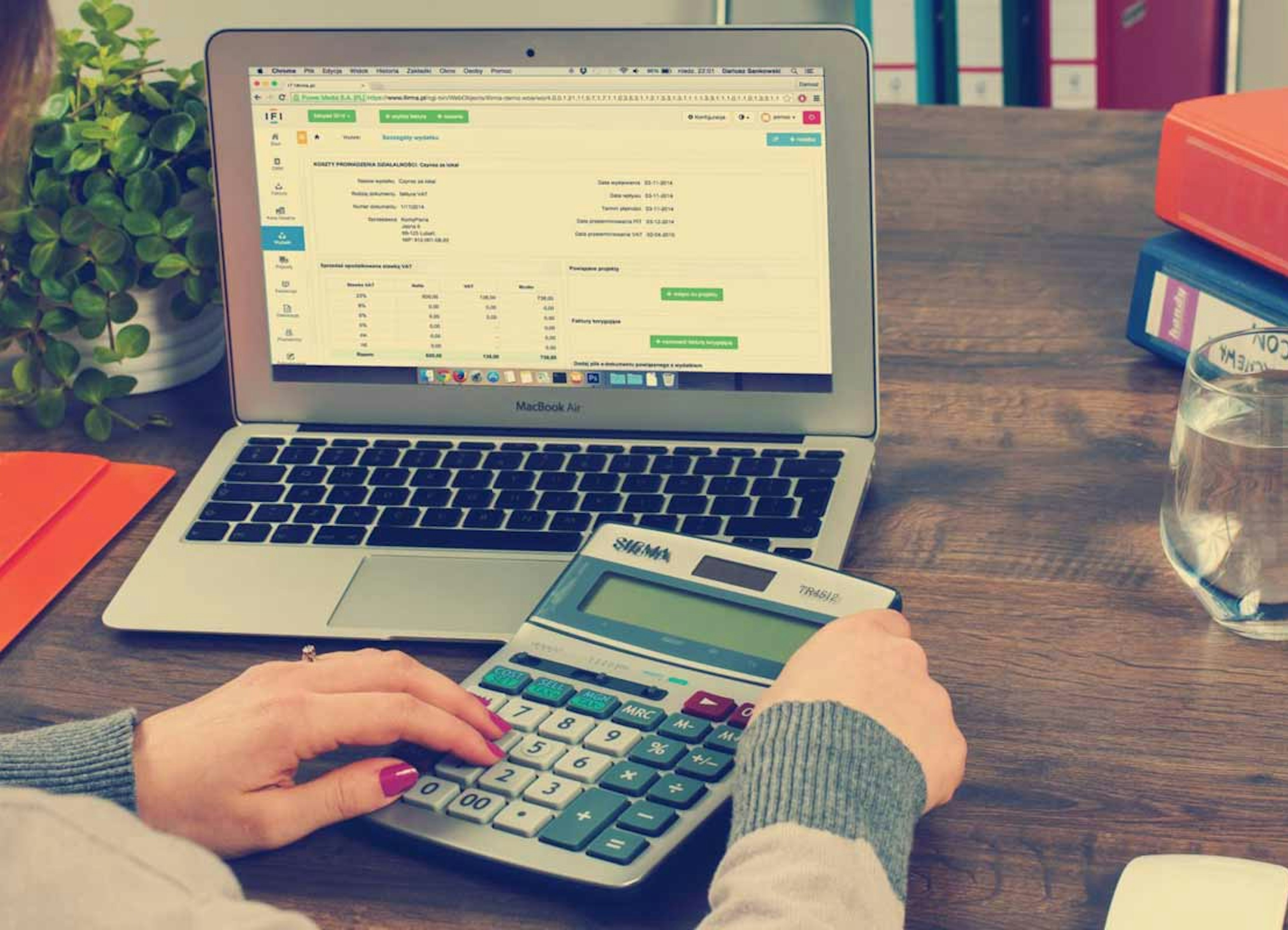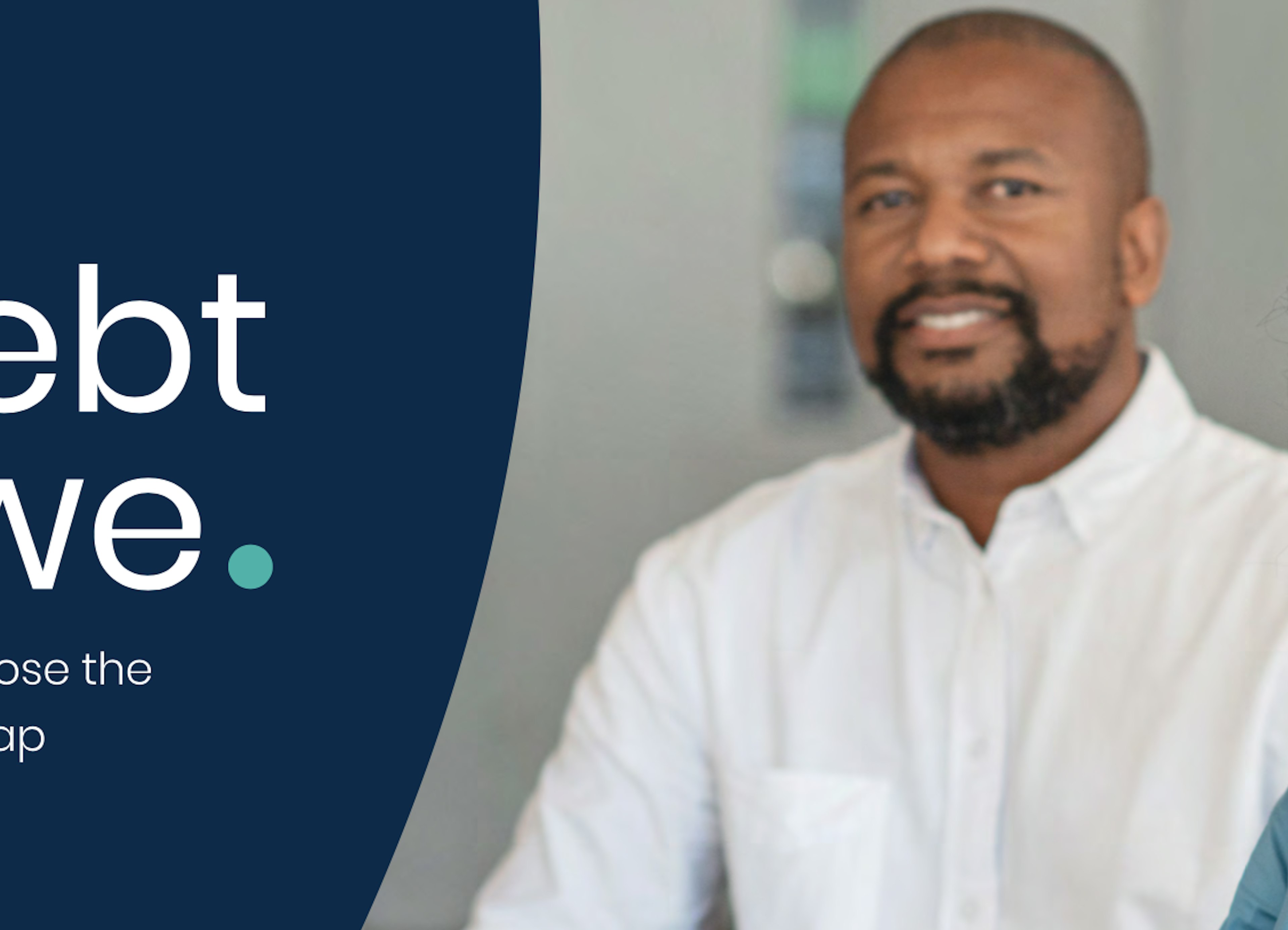A smartphone, an Internet connection, and a great DIY attitude are powerful tools for improving your financial goals. Just imagine: keeping track on your budget the very moment after you pay for an utility bill, depositing a check without setting foot on actual bank, or collecting money from a friend without exchanging any physical bills.
There is an explosion in finance-related apps. Just listed under the letter A at the Apple App Store, you can find more than 4,300 finance-related apps, covering everything from peer-to-peer payment to spending analysis. To help you cut through the clutter, let’s review the best seven personal finance apps for budgeting, debt management, and making/receiving payments.
Budgeting
Goodbudget
Formerly known as the Easy Envelope Budget Aid (EEBA), the Goodbudget app is based on the envelope budgeting method that has been around for decades. The concept is simple, yet very effective. Every time that you get a paycheck, you split that paycheck into envelopes representing expenses, such as groceries, babysitting, and entertainment. Once the money in that envelope is gone, you can’t spend any more.
Goodbudget brings envelope budgeting into the digital world through your smartphone device. If the app seems to force you to write down every single expense that you make, that’s the whole point! With Goodbudget, you curb your spending and become more aware of your purchases. The free version allows you to manage up to 20 envelopes, sync one bank account, and keep one year of transaction history.
Available for Apple and Android devices.
Mint
While the Mint app has several bells and whistles, its core strength is its budgeting feature. By connecting your bank accounts, credit cards, and bills to Mint, you’ll be able to see what you have and what you owe in real-time. After connecting your accounts, Mint provides a set of spending categories, which you can further customize (a “coffee shop” or “bars and alcohol” subcategory within the “Food & Dining” category). The system will auto-categorize each new transaction and will learn from adjustments that you make from time to time to those categories. After a couple of adjustments, the app will automate keeping track of your budget.
his app is particularly useful when your financial institution lacks an online bill center. Just keep in mind that paying bills is only free when using your bank account (a 2.49% or $2.49 fee, whichever is higher, applies when using a credit or debit card).
Available for Apple and Android devices.
Debt Management
myFico Mobile
Most apps on this list are free, but they are meant to be used on a constant basis. On the other hand, the myFico app is meant to be used for a limited time until you reach a specific credit score, such as when looking to qualify for a mortgage.
To be able to use the myFico Mobile app, you’ll need to pay a $29.95 monthly fee for a myFico membership until you cancel. Unlike most free credit scoring sites or credit card companies offering a free FICO score, the myFico service provides you the full 28 FICO scores most widely used in mortgage, auto, and credit card lending. That way you’ll be able to work with the same FICO score that your potential lender is using, and not a “FAKO” score.
With the myFico app, you’ll keep track of changes in your credit reports from all three bureaus (Equifax, Experian, and TransUnion) and use a simulator to understand how financial decisions may affect your FICO score for each bureau.
Available for Apple and Android devices.
“Honorable mention”:
I really, really wanted to include the ReadyForZero app because it was a leading app to pay down debt for many years. However, notice that I am using “was” in the previous sentence. The company had to shut down the app out of the blue in November 2016, leaving many people scratching their heads as to what would be a viable alternative. At this point, there’s no consensus and most people are pointing to general budgeting apps, of which Mint is clearly the leader of the pack. If you have any tips on good alternatives, please comment and let me know!
Making and Receiving Payments
Apple Pay
If you own an eligible Apple device and have a credit, debit, or prepaid card from a participating bank, you can set up Apple Pay on your device and add your card. This allows you to keep your physical cards at home and make payments using your iPhone, iPad, or Apple Watch. The number of stores accepting Apple Pay is ever-increasing and includes several brick-and-mortar retailers, including BJ’s Wholesale Club, Chevron, Jamba Juice, McDonald’s, and Walgreens. Additionally, you can use your Apple Pay account to make payments within several apps, such as Expedia, Lyft, Starbucks and Target.
Paypal
Trying to send or receive money across the country or internationally can be a major pain in the behind. The Paypal app makes that process much smoother and allows you to transfer money immediately under most circumstances. Sending money to another Paypal user in the U.S. or Canada is free as long as the transaction is fully funded with PayPal balance or a bank account linked to a PayPal account. If you use a debit or credit card, then your recipient would only see $48.25 out of a $50 transfer (total fee is 2.9% plus $0.30).
Other benefits from using Paypal are that you could:
Qualify for Paypal Credit, which often charges no interest in qualifying purchases fully paid back within six months
Accept debit or credit card payments using the Paypal Reader on your smartphone or tablet.
Earn 1% cash back on eligible purchases with the Paypal Business Debit MasterCard
Available for Apple, Android, and Windows Phone devices.
Venmo
This app does only one thing and does it well: sending and receive money. Venmo is so effortlessly easy to use that its users exchanged $3.2 billion in the first quarter of 2016. As long as the transaction is fully funded with your Venmo balance, bank account, debit card, or prepaid card, the transaction is free. (If you use a credit card, a 3% fee applies.) This makes Venmo an attractive alternative to Paypal to send and receive money to friends and family. (Note: Paypal noticed this and acquired Venmo back in 2013.).
Available for Apple and Android devices.
But what about Google Wallet and Google Pay?
I get asked often about Google Wallet and the problem with this app is that it keeps on changing too often. Google Pay and Google Wallet used to be separate and now are joint. The rules change a lot and it’s too hard to keep track of them.
Your Financial Institution’s App
Last but not least, save some space on your smartphone for the app from your own bank! Large banks have been improving the mobile experience by implementing several services into their apps and their customers have noticed. For example, the apps from JPMorgan Chase and Bank of America have an estimated 25 million and 20 million monthly active users, respectively.
There are three main reasons to use the app of your financial institution. First, to be able to check your balance in real time (yay, that direct deposit finally cleared!). Second, to use the “snap deposit” feature and deposit any check into your account without having to set foot at a branch. Just make sure to follow your bank’s requirements and some security precautions, such as endorsing your check and writing a “For mobile deposit only” under your signature. Third, you can transfer money between your accounts in real time.
And don’t think that your credit union is necessarily behind the tech curve. In a 2014 study, 8 of the 10 highest ranked apps were from credit unions!
Consult your financial institution for more details.
In summary, with the right apps, your smartphone can become a multipurpose tool to take your finances to the next level. If you’re looking for more ideas for making the most out of your device, check out our list of The Best Personal Finance Blogs for Beginners, Advanced Investors, Coupon-hunters, and More.
Recommended further reading:
Image credit: Anthony Delanoix
Low-cost 401(k) with transparent pricing
Sign up for an affordable and easy-to-manage 401(k).

Article By
Damian DavilaDamian Davila is a Honolulu-based writer with an MBA from the University of Hawaii. He enjoys helping people save money and writes about retirement, taxes, debt, and more.


